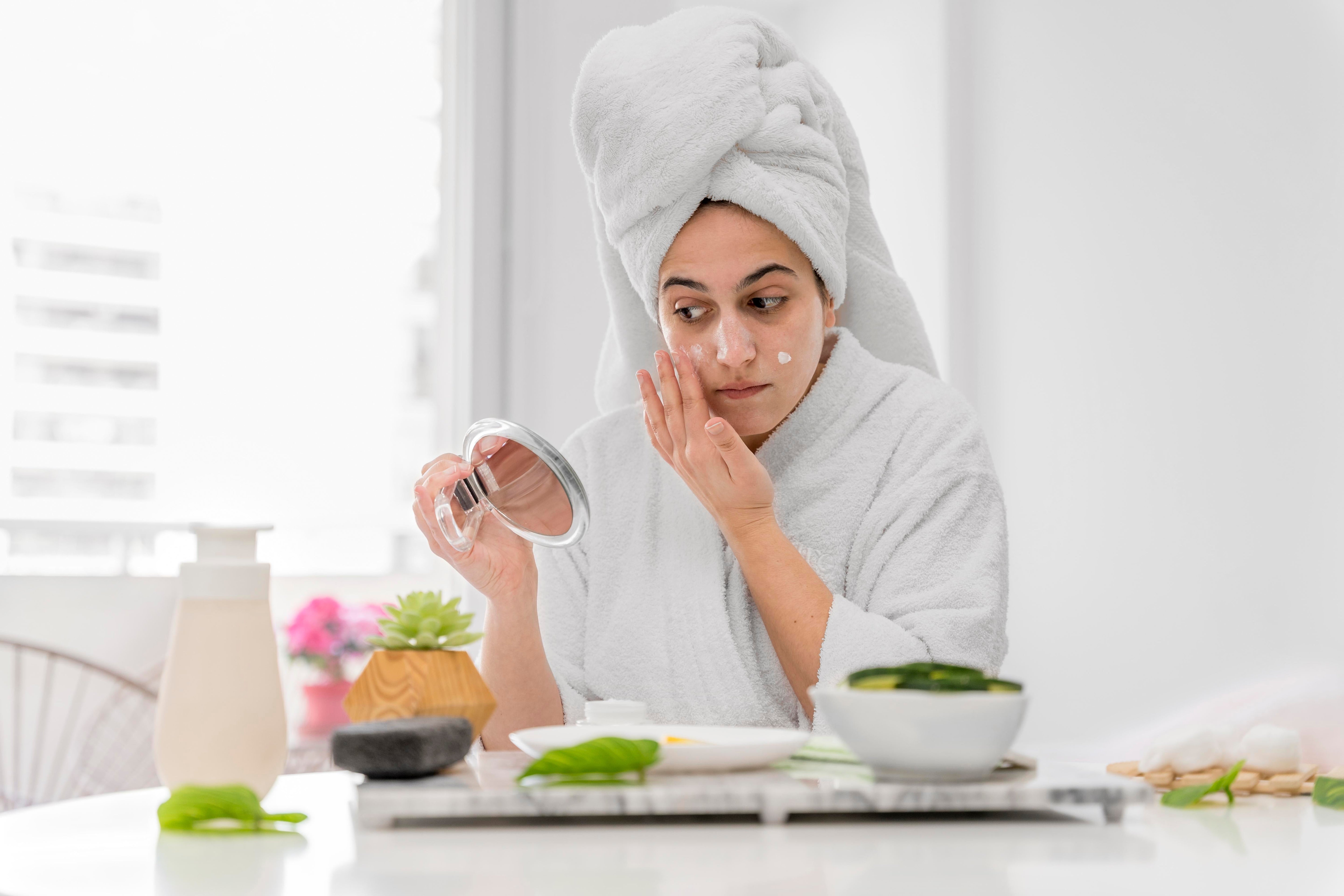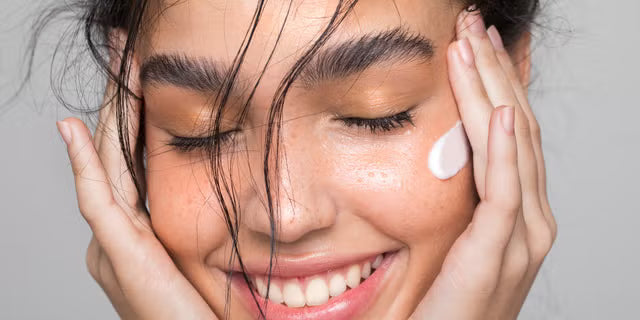
How to Prevent Sun Damage with Photostable Sunscreen Options
Sun exposure is one of the major causes of early aging, skin damage, and even skin cancer. Although soaking in the sun is usually associated with a healthy, glowing face, extreme UV exposure can lead to severe skin issues like sunburn, pigmentation, wrinkles, and many more. Sunscreen is one of the most effective solutions to control sun damage, but not all sunscreens are created equal. Photostable sunscreens have access to long-lasting, effective sun protection that ensures the sunscreen remains effective even after long sun exposure. In this blog, we will discover how to Prevent Sun Damage with Photostable Sunscreen Options.
What is Photostability in Sunscreens?
Photostability guides to how well a sunscreen keeps its efficacy after being exposed to sunlight for an extended time. Multiple sunscreens can lose their protective qualities fast because of the breakdown of their active ingredients. But photostable sunscreens are developed with elements that have UV protection properties for a more extended time, even when exposed to sunlight.
Two Major types of UV radiation reason skin damage:
-
UVA rays: These rays penetrate deep into the skin and are responsible for early aging, such as wrinkles, fine lines, and age spots.
-
UVB rays: UVB rays induce sunburn and play a critical role in the evolution of skin cancer.
Why Are Photostable Sunscreens Important?
Here we mentioned some key reasons that show the significance of Photostable sunscreens. These are:
-
Durable Protection: When you use a photostable sunscreen, you can depend on it for extended protection in your entire daily routine. Even if you are at the beach, hiking, or simply running, these sunscreens would not stain fast and will deliver constant protection against UV rays.
-
Control Sunburn and Skin Damage: Photostable sunscreens are developed to minimize the chances of sunburn, pigmentation, and other sun-related skin problems. UVB rays are the main reason for sunburn, although UVA rays cause skin aging. Using a photostable sunscreen guarantees that you are protected from both, decreasing the risk of longer-term skin problems.
-
Protection Against Skin Cancer: Chronic exposure to UV rays is a significant factor in the evolution of skin cancer. By using photostable sunscreen, you are lowering your risk of skin cancers like melanoma, basal cell carcinoma, and squamous cell carcinoma.
-
Minimizing Premature Aging: UV rays exposure speeds up the breakdown of collagen in the skin, leading to fading, wrinkles, and loss of elasticity. These sunscreens help to control this procedure, keeping your skin looking young and healthy.
Key Ingredients to Look for in Photostable Sunscreens
Not all elements are photostable in sunscreen, but some degrade when exposed to UV rays and become less effective. Regardless, some specific ingredients are known for their photostable properties. They ensure longer-term protection. Here are the key ingredients to look for:

Zinc Oxide: It is a mineral element that offers broad-spectrum protection against UVA and UVB rays by physically stopping these rays. It is suitable for all types of skin including sensitive skin.
Titanium Dioxide: It is also a mineral sunscreen that provides effective protection against both UVA and UVB rays. It is a soft enough element for sensitive skin.
Avobenzone: Avobenzone is a photostable chemical sunscreen element that protects against UVA rays and is usually blended with other elements for complete UV protection.
Mexoryl SX (Ecamsule): It is a photostable element which is completely effective against UVA rays, mainly found in European sunscreens and perfect for sensitive skin.
Tinosorb S and Tinosorb M: These broad-spectrum UV filters, known for their photostability, offer outstanding protection against both UVA and UVB rays. It is usually used for controlling sunburn and early skin aging.
How to Choose the Right Photostable Sunscreen?
When selecting a photostable sunscreen, here are some crucial factors to consider:
-
Always look for sunscreens that are labeled as broad-spectrum. They protect against both UVA and UVB rays.
-
The SPF signifies the level of protection against UVB rays. For daily use, choose a sunscreen with an SPF of 30, and for long-term outdoor activities, choose a higher SPF of more than 50.
-
For activities like swimming or running, look for water-resistant sunscreens for a longer time, even when exposed to moisture.
-
Choose a sunscreen that suits your skin type or is suitable for all types of skin.
-
Choose a non-comedogenic sunscreen to control blocked pores and breakouts if you have oily or acne-prone skin.
How to Apply Sunscreen Effectively
For maximum protection from the sun, follow these steps for how to apply sunscreen effectively:
-
Apply sunscreen on your skin smoothly and make sure to cover all exposed areas like your ears, neck, and the back of your hands.
-
Sunscreen requires time to soak into the skin, so apply it almost 10 to 20 minutes before going outside.
-
Sunscreen can wear off because of sweating, swimming, or towel drying. Reapply every 2 hours, and more often if you are swimming or sweating excessively.
-
Use an SPF lip balm to protect your lips from sunburn and UV damage.
FAQS for How to Prevent Sun Damage with Photostable Sunscreen Options
Question 1. What is the major difference between mineral and chemical sunscreen?
Answer: Mineral sunscreens have physical blockers such as zinc oxide or titanium dioxide, which sit on top of the skin and stop UV rays. Chemical sunscreens soak UV rays using active ingredients such as avobenzone or octinoxate.
Question 2. Can we use photostable sunscreen in our daily routine?
Answer: Yes, photostable sunscreens are completely safe for use in your daily skincare routine. Daily use of sunscreen can help in controlling early aging and decrease the chances of skin cancer.
Question 3. Can we use photostable sunscreen under makeup?
Answer: Yes, Many sunscreens are composed to perform well under makeup. You can also use makeup products that have SPF for an added layer of protection, but you still need to apply sunscreen for better sun protection.
Question 4. Can we use photostable sunscreen on sensitive skin?
Answer: Yes, most of the photostable sunscreens have mild elements that are suitable for sensitive skin like Zinc Oxide and Titanium Dioxide.








